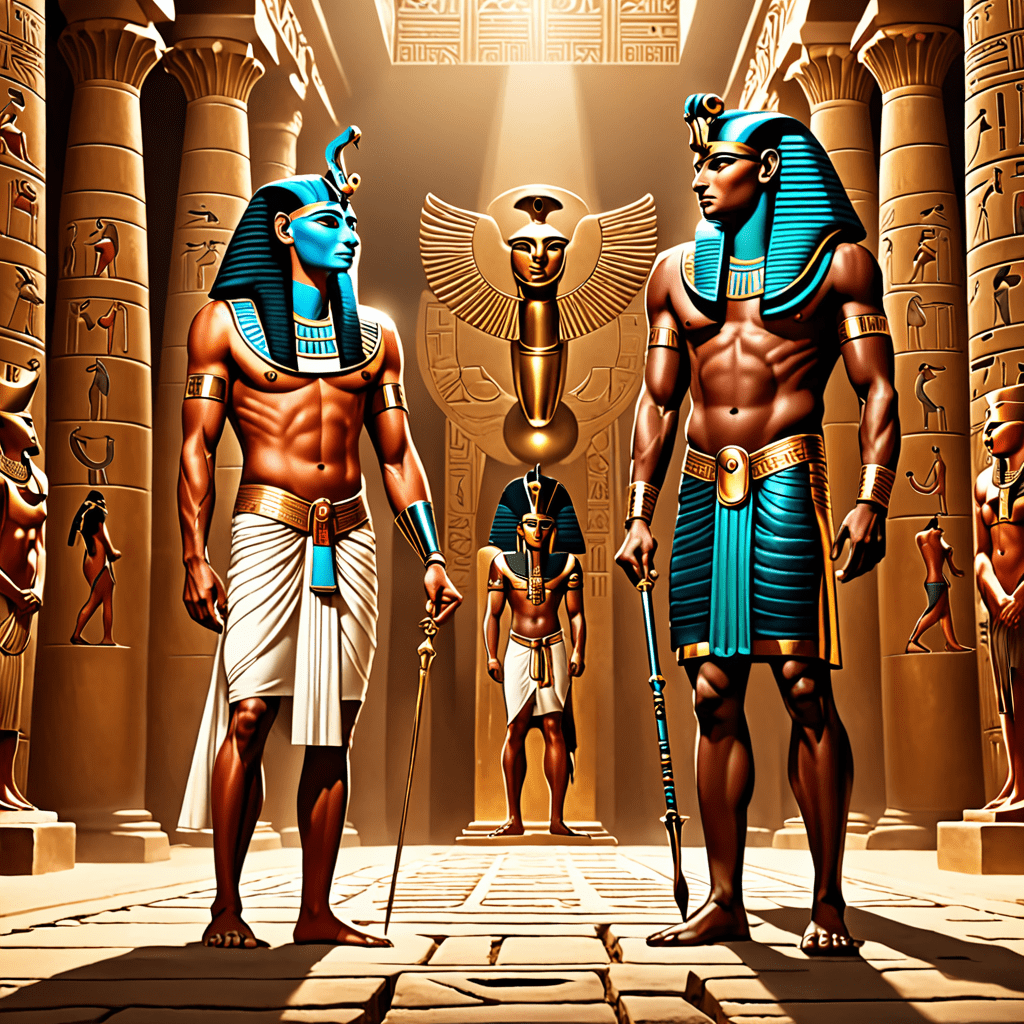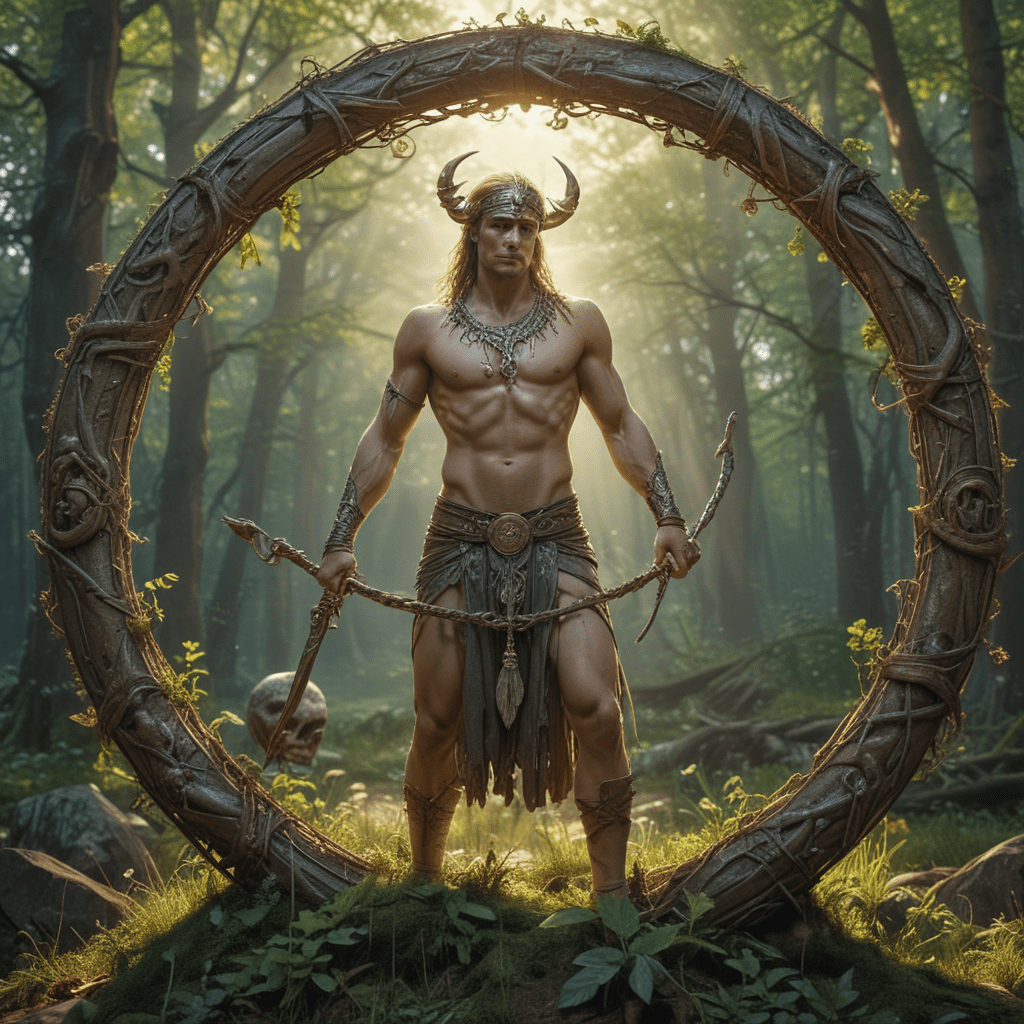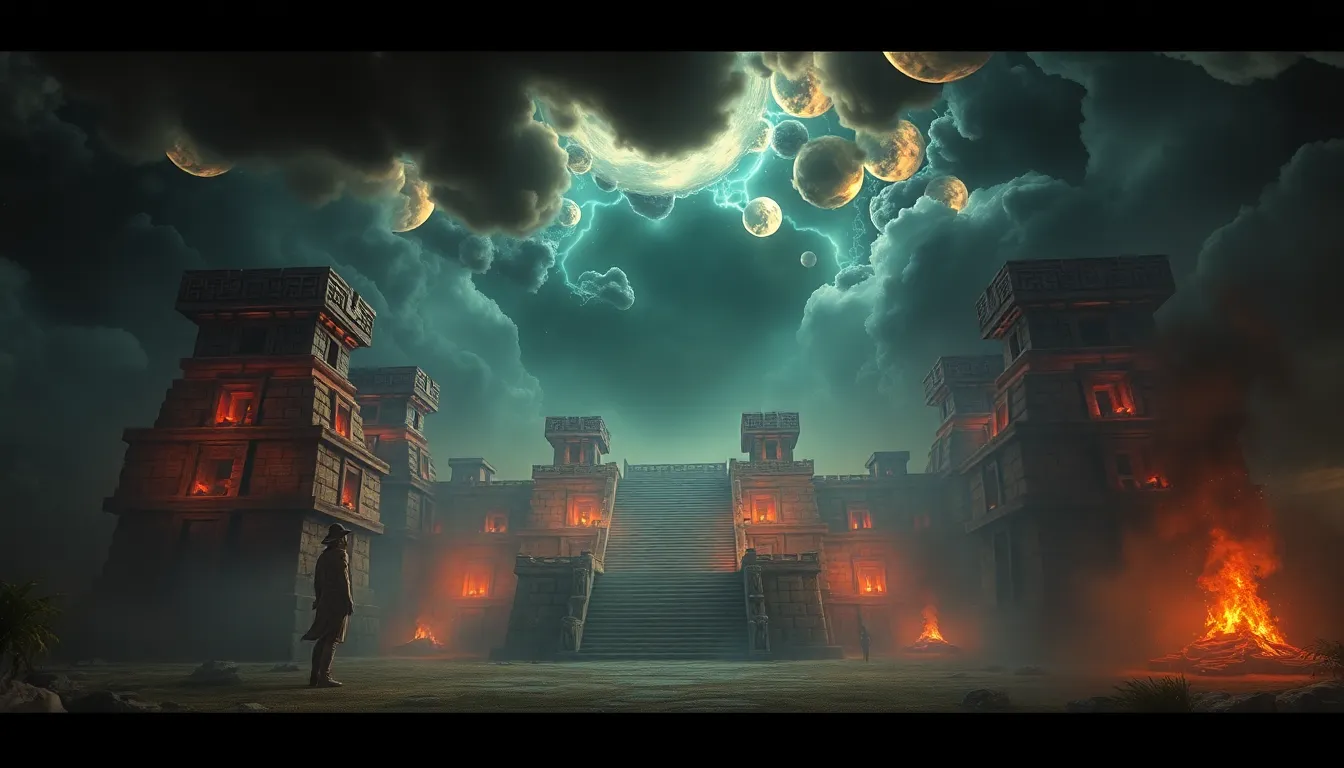The Underworld: A Mythical Journey into the Depths of Fear
Introduction to the Underworld: A Cross-Cultural Overview
The concept of the Underworld exists across various cultures and mythologies, representing a realm that is often associated with death, the afterlife, and the unknown. This mythical space serves not only as a destination for the deceased but also as a canvas for exploring humanity’s deepest fears and the potential for transformation. Each culture has its own interpretation of the Underworld, reflecting societal values, beliefs, and existential anxieties.
The Underworld is significant in cultural narratives as it encapsulates the mystery of death and the hope for rebirth, allowing individuals to confront their fears in a symbolic manner. Through tales of descent and return, these narratives illustrate not only the fear of the unknown but also the possibility of redemption and transformation.
Historical Context: The Evolution of the Underworld Concept
The representations of the Underworld have evolved significantly over time. In ancient civilizations, such as the Sumerians, Egyptians, and Greeks, the Underworld was depicted as a complex realm with its own deities and rules.
- Sumerian Underworld: Known as Kur, it was a dark and desolate place where all souls went, regardless of their deeds in life.
- Egyptian Underworld: Duat was a mystical realm where the dead faced judgment by Osiris, determining their fate in the afterlife.
- Greek Underworld: Hades ruled over this realm, which included various regions such as Elysium for the virtuous and Tartarus for the wicked.
These early representations were not merely tales of fear; they also influenced belief systems and societal norms, shaping how people understood morality and the afterlife. A comparative analysis reveals that while the specifics vary, the underlying themes of judgment, fear, and the unknown persist across cultures.
The Underworld in Mythology: Key Figures and Deities
Major deities associated with the Underworld include:
- Hades: The Greek god of the Underworld, Hades presides over the dead and is often depicted as a stern and just ruler.
- Osiris: In Egyptian mythology, Osiris represents resurrection and is the judge of the dead, symbolizing the cycle of life and death.
- Yama: The Hindu god of death, Yama is responsible for guiding souls to their next existence and is often portrayed as a compassionate figure.
These figures embody the complexities of fear and death in their respective cultures. They symbolize not only the finality of death but also the transformative potential that lies within the journey through the Underworld.
The Journey through the Underworld: Archetypes and Narrative Structures
Underworld myths often feature common archetypes, including:
- The Hero: A character who embarks on a journey into the Underworld, often seeking knowledge, redemption, or lost loved ones.
- The Guide: A figure who assists the hero in navigating the challenges of the Underworld, offering wisdom and support.
- The Lost Soul: Represents those trapped in despair or regret, highlighting the consequences of one’s actions in life.
The structure of these journeys typically follows a narrative arc that includes descent, trials, and eventual return or transformation. Famous journeys include:
- Orpheus: His descent to rescue Eurydice showcases love’s power and the tragic consequences of looking back.
- Dante’s Inferno: A detailed exploration of sin and redemption, depicting the various circles of Hell as a moral lesson.
Fear as a Central Theme: Psychological Interpretations
Fear associated with death and the unknown is a central theme in Underworld myths. These stories tap into psychological theories that suggest the Underworld serves as a reflection of human fears. The Underworld can be seen as a metaphor for:
- The fear of mortality and the inevitable end of life.
- The anxiety surrounding the unknown aspects of death and what follows.
- Confrontation with personal demons and regrets.
Mythological narratives provide therapeutic aspects, allowing individuals to confront their fears symbolically, thereby fostering acceptance and understanding of death as a part of life.
Cultural Representations of the Underworld: Art, Literature, and Film
The Underworld has been depicted in various art forms throughout history. Notable representations include:
- Art: Paintings such as Hieronymus Bosch’s “The Garden of Earthly Delights” explore the duality of life and the afterlife.
- Literature: Dante’s “The Divine Comedy” offers a detailed description of the Underworld and serves as an allegory for the soul’s journey.
- Film: Modern cinema, such as “The Matrix” and “What Dreams May Come,” employs Underworld motifs to explore existential themes and the nature of reality.
The Underworld and Morality: Lessons from the Depths
Underworld myths often convey moral lessons, focusing on themes of judgment and redemption. These narratives shape societal values and ethics by emphasizing:
- The consequences of one’s actions in life.
- The possibility for forgiveness and change.
- The importance of facing one’s fears and accepting mortality.
By illustrating the moral complexities of life and death, these stories encourage reflection on personal values and societal norms.
Contemporary Resonance: The Underworld in Modern Society
In today’s world, Underworld themes remain relevant as they resonate with contemporary issues such as mental health and existential fears. Modern storytelling continues to draw on Underworld motifs, reflecting:
- The struggle with depression and despair as a personal Underworld.
- The exploration of identity and belonging in a complex society.
- The impact of technology and social media on perceptions of fear and death.
As we navigate a rapidly changing world, the lessons from Underworld myths can provide insight and comfort, reminding us of the shared human experience of fear and the quest for meaning.
Personal Reflections on the Underworld
Engaging with the concept of the Underworld invites personal reflection on our own fears and beliefs about death and the afterlife. By exploring these themes, we can gain a deeper understanding of ourselves and our place in the world. The mythical journey into the Underworld encourages us to confront our anxieties and embrace the transformative power of acceptance, ultimately guiding us towards a more profound appreciation of life’s fleeting beauty.




